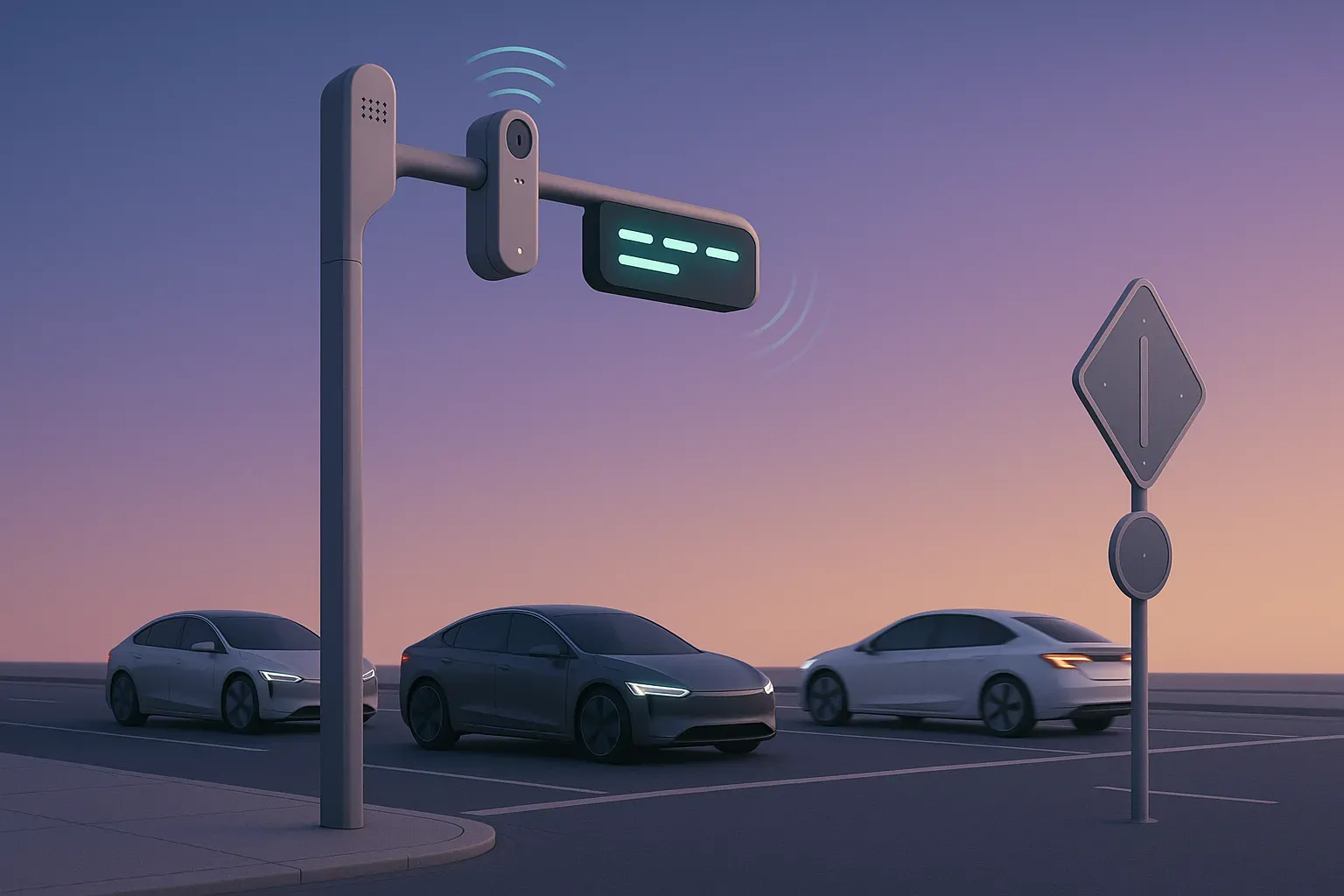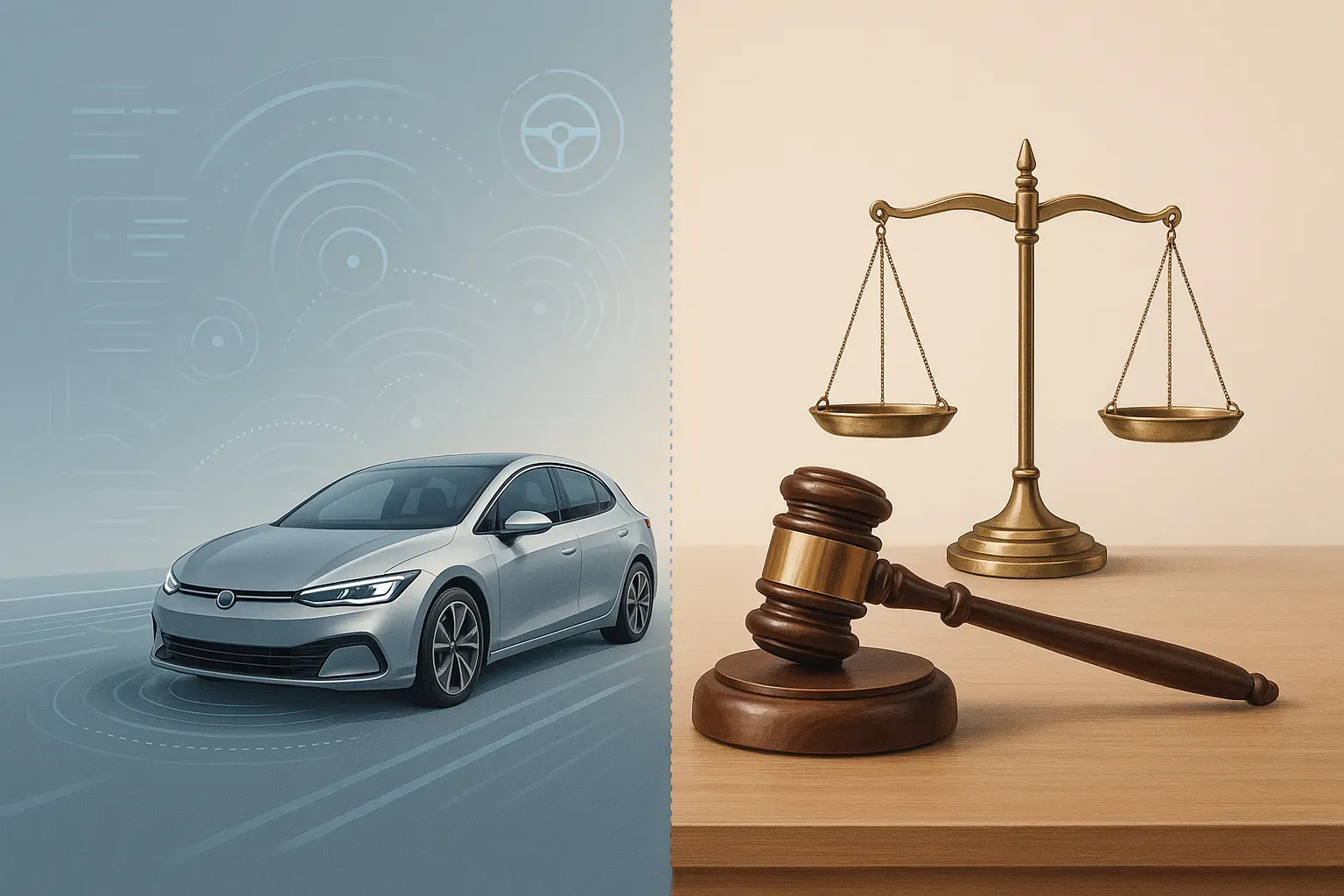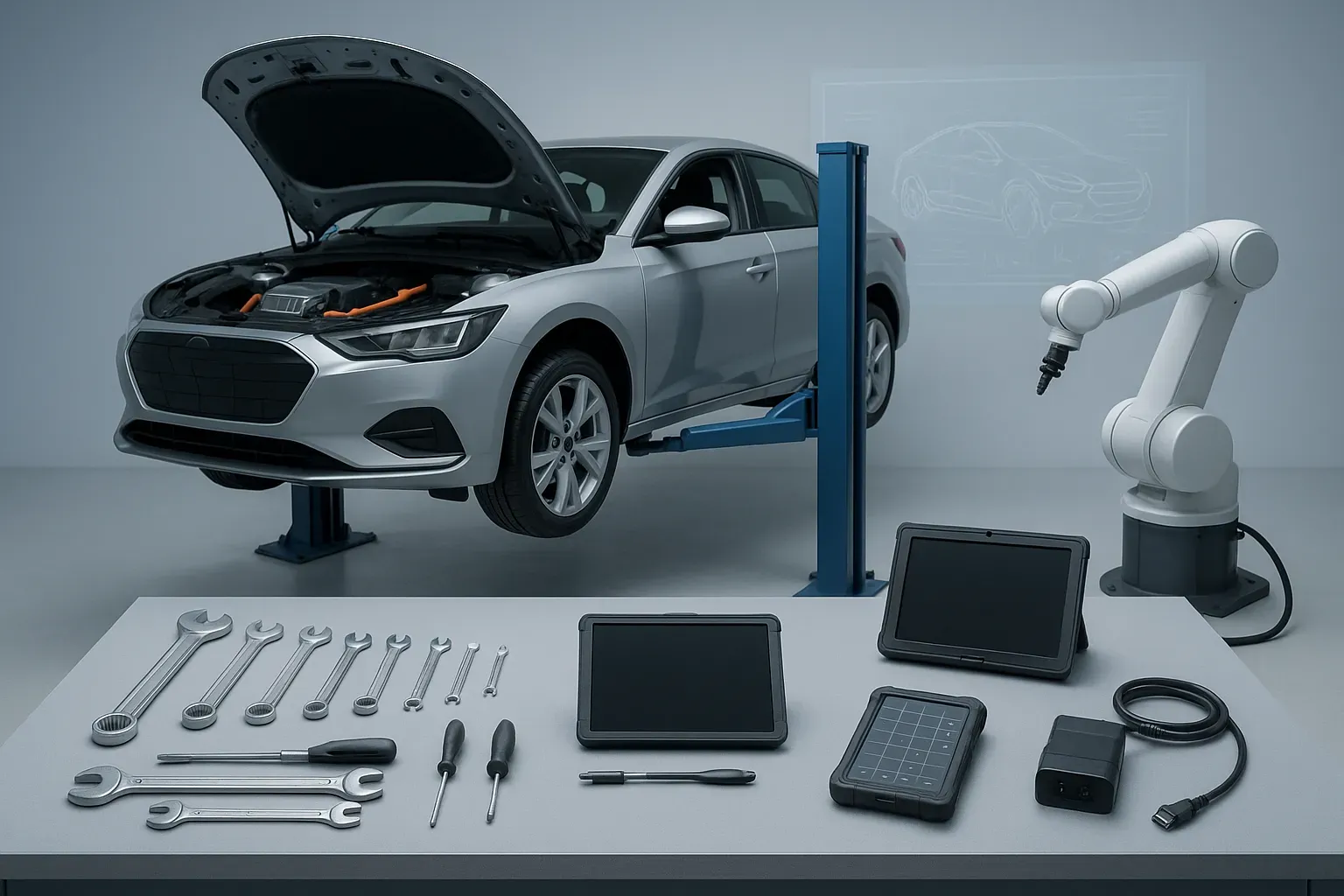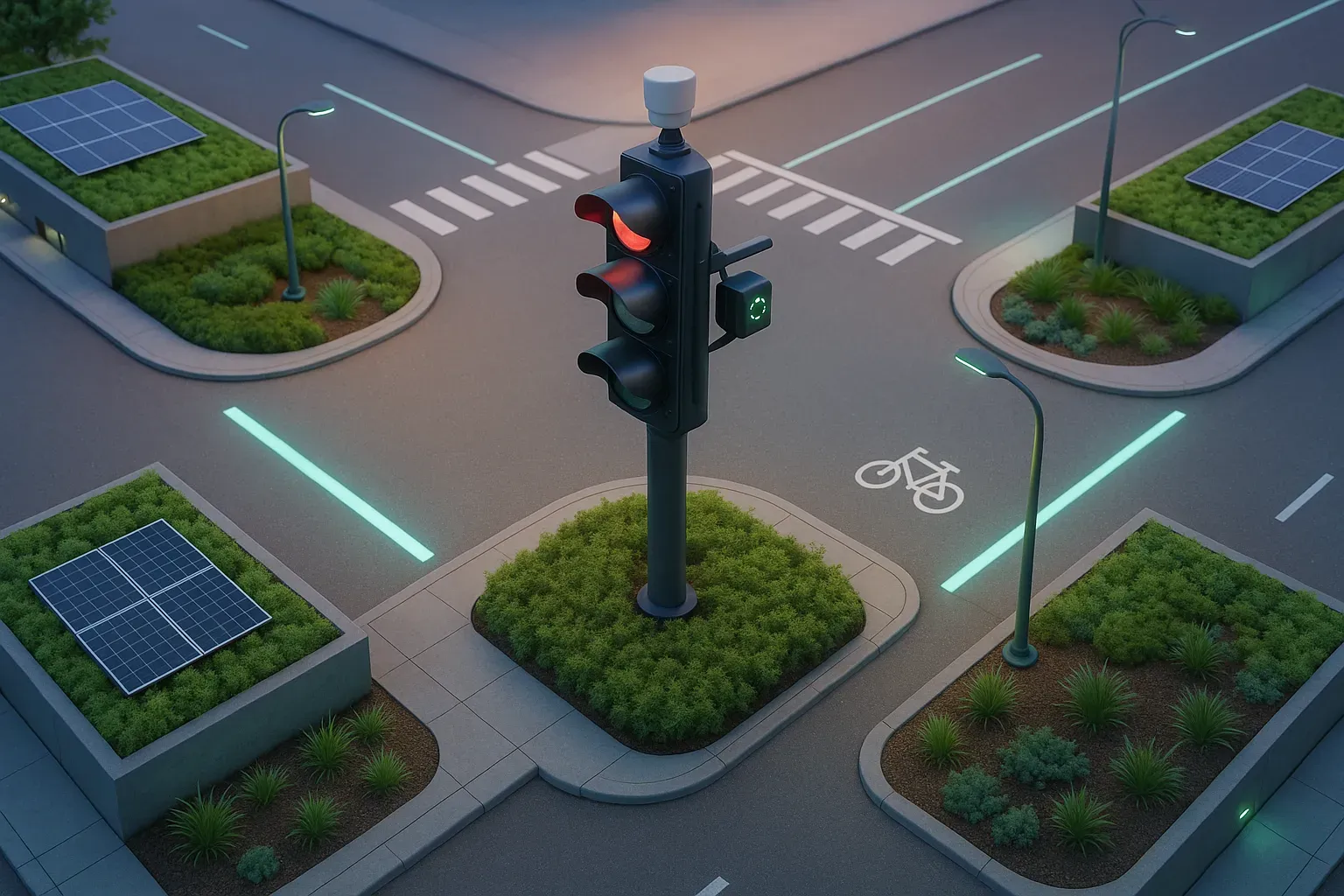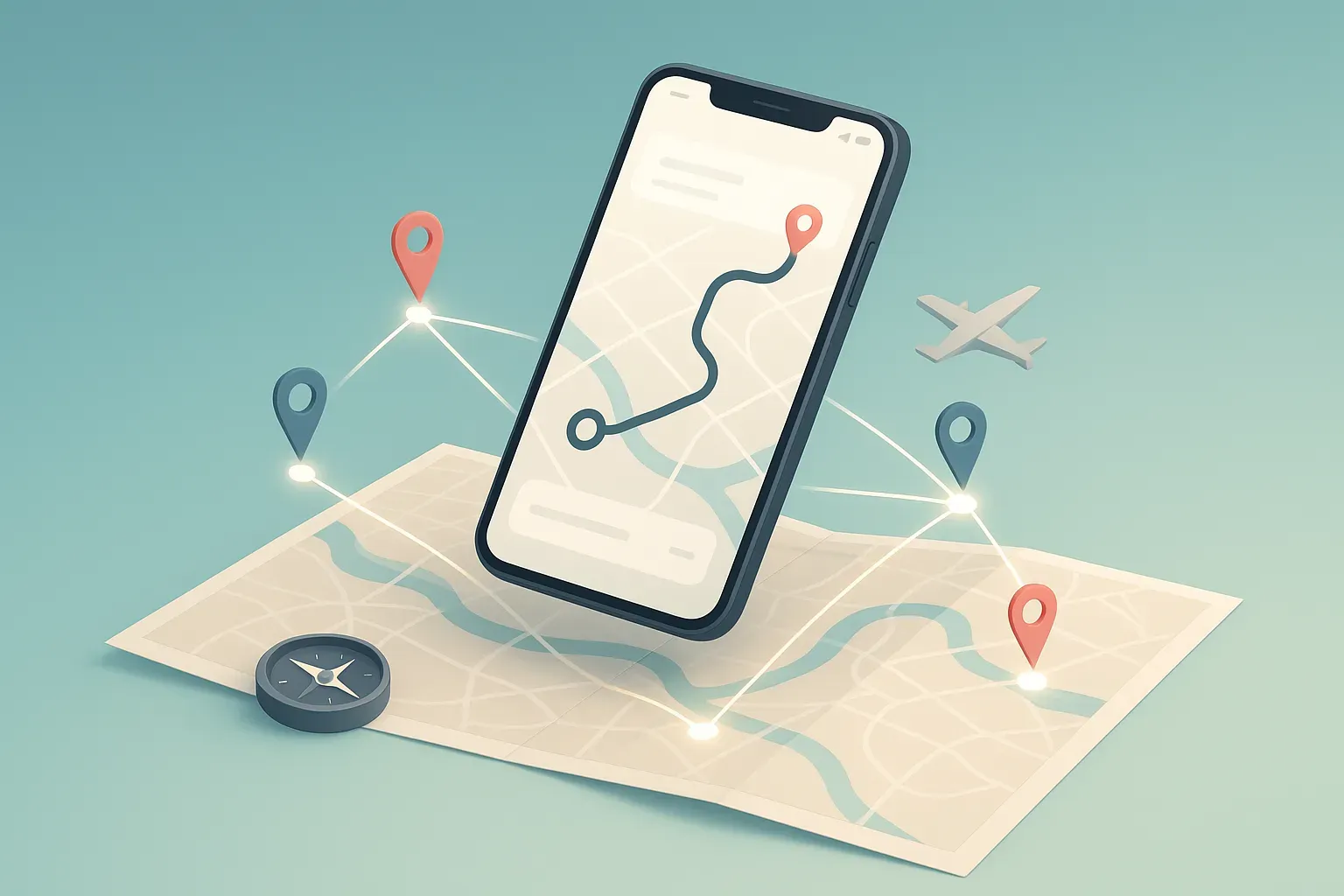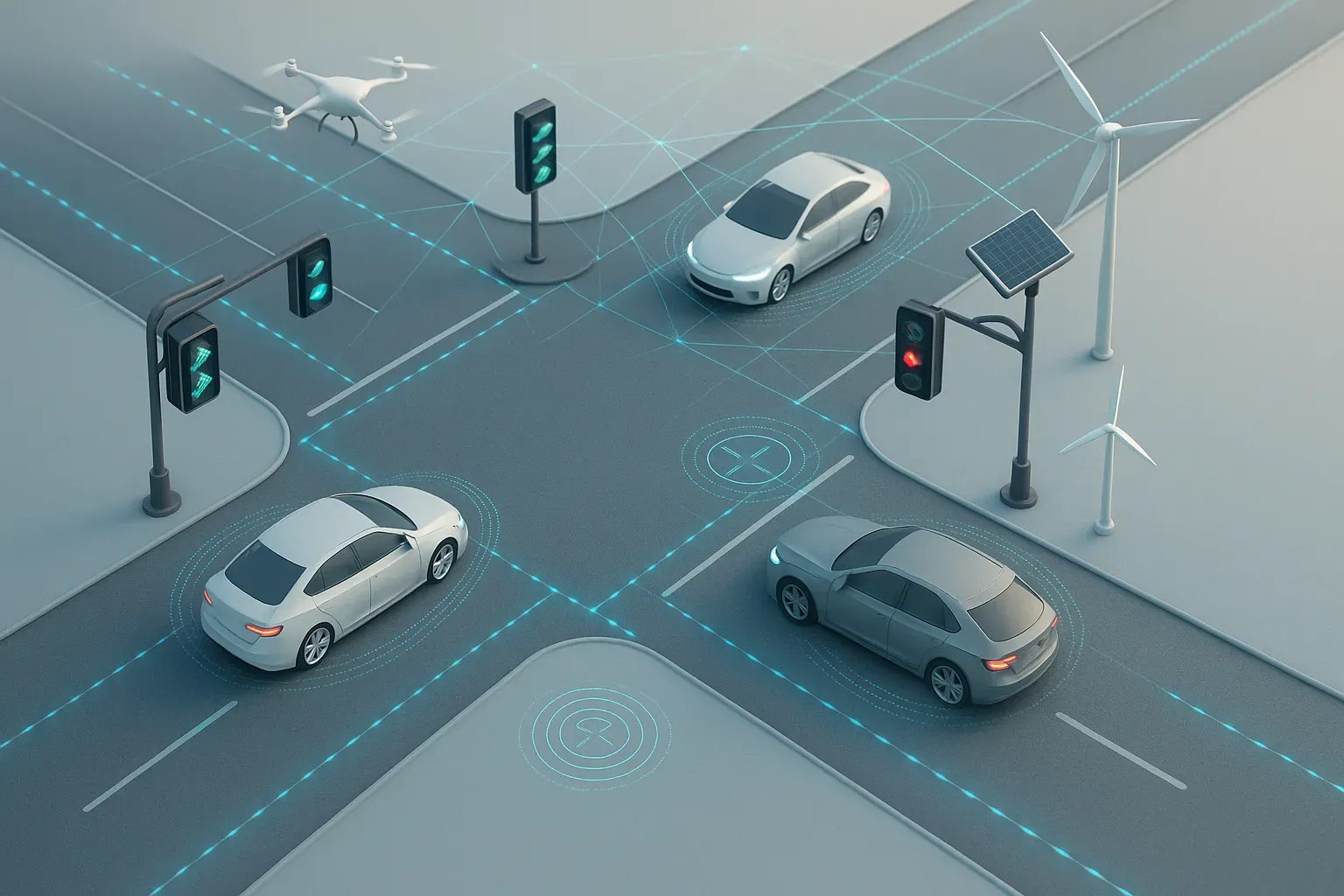Autonomous vehicles are set to fundamentally transform our traffic management systems beyond traditional lights and road signs. Transportation experts predict that machine-readable infrastructure and virtual signaling will replace physical markers as connected vehicles communicate directly with smart traffic networks. These emerging technologies will enable traffic systems to dynamically adjust to real-time conditions, with sensors sharing crucial timing data between vehicles and infrastructure nodes.
- Machine Readability Transforms Road Design
- Connected Nodes Create Dynamic Traffic Networks
- Virtual Signs Replace Physical Traffic Markers
- Sensors Share Timing Data With Vehicles
- Fourth White Light Coordinates Autonomous Traffic
Machine Readability Transforms Road Design
Autonomous vehicles won’t just reshape how we drive, they will fundamentally change how we design the roads themselves. One specific change I envision is the gradual evolution of traffic lights and road signs into formats optimized for machine readability as much as, or even more than, for human interpretation.
Today’s traffic system is built entirely for human drivers: colors, shapes, and symbols that people can quickly interpret under stress. For autonomous systems, however, reliability comes from precision and standardization. When AI models are trained on annotated datasets of traffic scenes, they learn to recognize these signs but they also reveal where ambiguity exists. Variations in signage across regions, obstructed signs, or non-standard markings can confuse a human driver briefly, but for an autonomous vehicle the consequences may be much larger.
To solve this, we may see the emergence of dual-layer traffic systems. The visible layer will continue to serve humans, while a machine-readable layer using clearer patterns, digital markers, or even connected infrastructure will cater directly to autonomous vehicles. For example, a traffic light might keep its red-yellow-green colors for drivers, but also broadcast a standardized digital signal that AV systems can process instantly and without error.
Annotation already plays a role in testing these possibilities. By labeling pedestrian behaviors, temporary construction signs, and non-standard road markings, researchers can identify where today’s infrastructure falls short for autonomous navigation. This work highlights the importance of consistency: AI systems thrive when trained on clear, diverse, and well-annotated datasets, and cities that provide predictable inputs will see smoother AV integration.
The broader implication is that roads and vehicles will co-evolve. Just as automobiles once forced cities to add stoplights and crosswalks, autonomous systems will push for signage and signals that reduce ambiguity for machines. It may start with digital enhancements layered on existing infrastructure, but in the long run, we could see an international push toward globally standardized, AI-optimized road design.
In short, the rise of autonomous vehicles doesn’t just change how we travel. It changes the very language of the road, moving from human-only signals to a shared system where humans and machines can interpret the environment together.

Connected Nodes Create Dynamic Traffic Networks
As autonomous vehicles become more integrated into our cities, traffic lights will evolve from static, pre-programmed assets into dynamic, connected nodes within a wider mobility network. Through vehicle-infrastructure communication, signals will directly interact with autonomous vehicles, exchanging bi-directional information including planned maneuvers and traffic light cycles. This will enable dynamically adjusting cycles in response to actual demand.
The potential for traffic optimization becomes pretty amazing when this occurs across an entire traffic light network; reducing congestion, shortening travel times, and improving road safety on a city-wide level. By enabling seamless collaboration between vehicles and infrastructure, and ensuring rich data flows, this will become a reality in increasingly more cities — an ambition we are working towards at MOBITO as a vehicle data supplier.

Virtual Signs Replace Physical Traffic Markers
If self-driving cars really do take over, traffic lights and road signs will no longer be made for people to see, but for machines to ‘read’. Instead of bright paint and surfaces that reflect light back, the most important layer will be digital: transmitters that are built into vehicles and send intent directly to them. A red light is less of a bright bulb over an intersection and more of a coded message in the car’s data feed. What I think will happen is that real stop signs will be replaced with “virtual” ones that are sent from smart poles or geofenced map layers. Cars won’t need to see a red octagon to know that they need to stop at an intersection. In a strange way, this change might make streets look tidier for people but messier for cars.

Sensors Share Timing Data With Vehicles
One change I see coming is traffic lights equipped with sensors that share their timing data directly with vehicles. During a pilot project I observed in Shenzhen, connected lights reduced idle time at intersections and created smoother flow during peak hours. For drivers it looked like normal traffic, but for the cars the hidden communication made everything faster and safer. I believe this will be the standard as adoption grows.

Fourth White Light Coordinates Autonomous Traffic
One specific change I envision is the introduction of a fourth “white” traffic light phase designed to coordinate autonomous vehicles (AVs) at intersections. This white light would signal human drivers to follow the AV in front of them, while autonomous vehicles communicate and optimize traffic flow among themselves. The system leverages the computing power and connectivity of AVs to reduce congestion, improve travel time, and increase fuel efficiency without requiring significant physical infrastructure changes. Initially, traditional red, yellow, and green lights would remain, but as AVs become more prevalent, this coordinated white light phase could greatly enhance intersection efficiency and safety by managing mixed traffic with both human-driven and autonomous cars. This visionary approach reflects ongoing research at institutions like North Carolina State University and could transform how traffic signals function in the age of autonomous transportation.


